Sqs Max Queue Size
Amazon Simple Queue Service (SQS) is a fully managed message queuing service provided by Amazon Web Services (AWS). It offers a reliable and scalable way to decouple distributed systems by enabling asynchronous communication between components. Understanding and managing the queue size in SQS is crucial for ensuring optimal system performance and avoiding potential issues.
Understanding SQS Queue Size
The queue size in SQS refers to the number of messages currently stored in a queue. It indicates the amount of work waiting to be processed by the consumers. The larger the queue size, the more messages are waiting to be processed, which can impact system performance and response times.
The impact of queue size on system performance is two-fold. Firstly, a large queue size can slow down the processing of messages, as consumers need to read and handle a greater number of messages. This can lead to increased latency and reduced throughput. Secondly, a large queue size can also result in increased storage costs, as SQS charges for storing each message in the queue.
The calculation of queue size in SQS is based on the attributes of the individual messages. Each message has a fixed size of 64 KB. If the message size exceeds this limit, it is considered a large message and stored separately, which can impact the overall queue size.
Monitoring and metrics for tracking queue size are essential for proactive management. AWS provides various tools, such as Amazon CloudWatch, which allows users to monitor and set alarms for SQS queues. Using CloudWatch, users can monitor factors like the number of messages in a queue, message age, and queue depth, enabling them to take appropriate actions to manage the queue size effectively.
Limitations of SQS Queue Size
SQS imposes certain limitations on the maximum queue size. For standard queues, the maximum allowed number of messages in a queue is 120,000. However, for FIFO (First-In-First-Out) queues, the limit is 20,000. It’s important to consider these limits when designing and scaling your system.
Several factors can influence the maximum queue size. The primary factor is the available storage space in the underlying infrastructure. If the storage capacity is limited, it can impose restrictions on the maximum queue size. Additionally, the network bandwidth for sending and receiving messages can also impact the queue size limit.
Reaching the queue size limit can have consequences on the system’s functionality. For example, if the queue size limit is exceeded, new messages will be rejected until there is available space in the queue. This can result in message loss and potential disruptions to the system’s workflow.
Managing SQS Queue Size
To efficiently manage queue size in SQS, several strategies and best practices can be implemented.
Implementing queue policies can help in controlling message handling. For example, you can define a maximum number of messages that can be processed by a consumer at a time, preventing the accumulation of unprocessed messages in the queue.
Utilizing the message retention period can also play a role in controlling the queue size. By setting an appropriate retention period, messages that haven’t been processed within that time will be automatically removed from the queue. This prevents unnecessary buildup and allows for efficient utilization of storage resources.
Strategies for scaling the queue capacity should be considered to handle increased queue size. For instance, you can increase the number of concurrent consumers to distribute the workload and process messages more quickly. Additionally, you can leverage AWS auto-scaling mechanisms to dynamically adapt the queue capacity based on demand.
Adopting best practices for optimizing queue size management is essential. These include regularly monitoring the queue size, setting appropriate alarms and thresholds for alerting, and having a well-designed system architecture that can efficiently handle variations in traffic.
Impact of Queue Size on Message Delivery
A large queue size can impact the delivery of messages in several ways. Firstly, it can introduce delays in message delivery. The larger the queue size, the longer it takes for newly generated messages to be processed and delivered. This delay can affect real-time or time-sensitive systems.
SQS provides the concept of dead-letter queues to handle failed message deliveries. If a message fails to be processed a certain number of times, it can be moved to a dead-letter queue for further analysis and debugging. Managing the dead-letter queue is essential to ensure failed messages are properly handled and not accumulating in the main queue, further increasing its size.
Priority-based message processing can also play a role in managing queue size. By assigning different priority levels to messages, you can ensure that high-priority messages are processed first, reducing the chances of them getting delayed due to a large queue size.
Dealing with Bursty Traffic and Fluctuating Queue Size
Bursty traffic and fluctuating queue sizes are common challenges in distributed systems. To handle these situations effectively, several techniques can be applied.
Integrating an Elastic Load Balancer (ELB) can help in smoothing traffic spikes. ELB distributes incoming traffic across multiple instances, ensuring that no single instance is overwhelmed by a sudden increase in requests. This can prevent the queue size from growing excessively during periods of high traffic.
Implementing priority-based message processing during high loads can enable efficient utilization of resources. By focusing on processing high-priority messages first, you can reduce the queue size quickly and ensure that critical tasks are addressed promptly.
Dynamic queue scaling and AWS auto-scaling mechanisms can also assist in managing fluctuating queue sizes. By automatically scaling the number of consumers based on predefined thresholds, you can ensure that the system can handle varying workloads effectively.
Case Studies: Real-World Examples
Case Study 1: Managing queue size for a high-throughput application
A high-throughput application that processes a large volume of messages requires careful management of the queue size. By implementing efficient queue policies, leveraging message retention period, and dynamically scaling the queue capacity, the application can maintain optimal performance even under heavy load.
Case Study 2: Dealing with bursty traffic in event-driven systems
Event-driven systems often experience bursts of traffic, which can lead to sudden increases in queue size. By integrating an ELB, implementing priority-based message processing, and using dynamic queue scaling, these systems can effectively handle the traffic spikes without compromising performance.
Case Study 3: Optimization techniques for reducing queue size in microservices architecture
Microservices architectures often involve multiple queues, making it crucial to optimize queue size management. By analyzing the message flows, eliminating redundant messages, and properly scaling the individual queues, the overall queue size can be reduced, improving system efficiency.
Tools and Services for Queue Size Management
AWS provides various tools and services for managing the queue size in SQS.
Amazon CloudWatch plays a vital role in monitoring and alerting. It enables users to gain insights into the queue size, set up alarms based on specific metrics, and receive notifications when thresholds are exceeded.
The SQS Extended Client Library allows managing large messages that exceed the 64 KB size limit. This library extends the functionality of SQS by storing large messages externally in Amazon Simple Storage Service (S3), while keeping a pointer in the original message. This helps in reducing the impact of large messages on the overall queue size.
There are also several third-party tools and integrations available for advanced queue size management. These tools offer additional features like visualization, analytics, and automation, making it easier to monitor, optimize, and scale SQS queues.
Conclusion
Understanding and managing the queue size in Amazon SQS is crucial for ensuring optimal system performance and efficiency. By actively monitoring and analyzing the queue size, implementing efficient management strategies, and utilizing the available tools and services, you can maintain a healthy queue size and avoid potential issues. Remember to consider factors like maximum number of SQS queues per account, SQS maximum number of messages received, SQS message size limit in Python, SQS inflight messages, SQS limits, SQS FIFO queue limits, AWS SQS message size, and SQS maximum number of messages per poll when designing and managing your SQS queues.
Sqs Standard Queues Vs Fifo (First In First Out) Queues
What Is The Queue Limit In Aws?
In the world of cloud computing, Amazon Web Services (AWS) has established itself as a leading provider, offering a wide range of services and tools for businesses and developers alike. One of the foundational services provided by AWS is Amazon Simple Queue Service (SQS), a fully managed message queuing service that enables reliable communication between distributed software components.
When using SQS, one crucial aspect to consider is the queue limit imposed by AWS. In this article, we will dive deep into what exactly the queue limit is in AWS, why it is important, and how it can impact your application’s architecture and performance.
Understanding Queue Limit
The queue limit in AWS refers to the maximum number of messages that can be stored in an SQS queue. AWS sets a default limit of 120,000 messages per queue. However, it is important to note that this capacity is not static and can vary based on certain factors such as the type of queue, message retention period, and configuration settings.
Why is Queue Limit Important?
The queue limit is a vital consideration when designing and scaling your application. By understanding the queue limit, you can ensure that your application’s architecture aligns with the capacity of the system and avoid potential bottlenecks or performance issues.
If your application generates messages at a rate that exceeds the queue limit, you risk overwhelming the queue and experiencing message loss. Furthermore, if the processing speed of your application cannot handle the incoming message rate, it can lead to increased latency and hinder the performance of other components in your system.
How to Determine the Queue Limit?
To determine the current queue limit in your AWS account, you can utilize the AWS Management Console, AWS CLI (Command Line Interface), or AWS SDKs (Software Development Kits) available in various programming languages.
When working with a queue, it is crucial to periodically check the number of messages in the queue and compare it to the queue limit. AWS provides metrics and monitoring capabilities to facilitate such monitoring, allowing you to proactively manage your application’s scalability and performance.
Factors Influencing Queue Limit
While the default queue limit is set to 120,000 messages, there are several factors that can influence the actual queue limit in your AWS account:
1. Queue Type: AWS offers two types of queues – Standard and FIFO (First-In-First-Out). Standard queues have a significantly higher throughput capacity with the maximum limit of 120,000 messages, while FIFO queues have a lower limit of 20,000 messages. It is essential to choose the appropriate queue type based on your application’s requirements.
2. Message Retention Period: The duration for which messages are retained in the queue can impact the queue limit. If your queue has a significant backlog of messages with a longer retention period, it can reduce the available capacity for accepting new messages.
3. Configuration Settings: Depending on your usage pattern, you can configure the visibility timeout, message retention period, and maximum message size. These settings can impact the queue limit by influencing the storage and throughput requirements.
Frequently Asked Questions (FAQs):
Q: Can the queue limit be increased?
A: Yes, AWS provides the flexibility to request a limit increase beyond the standard quota. However, it is important to evaluate the architecture, design, and associated costs before requesting a limit increase as it may affect the performance and scalability of your application.
Q: How can I avoid hitting the queue limit?
A: You can implement strategies such as proper load balancing, horizontal scaling, and monitoring to ensure that your application generates and processes messages within the queue limit. Monitoring the queue’s metrics and adopting a proactive approach will help you identify bottlenecks and optimize your application’s performance.
Q: What happens if the queue limit is reached?
A: If the queue limit is reached, any subsequent message send requests will be rejected by SQS, resulting in message loss. It is crucial to monitor and manage your application’s throughput and latency to avoid reaching the queue limit and maintain seamless message processing.
Q: Can I have multiple queues to handle high load scenarios?
A: Yes, having multiple queues with appropriate message distribution strategies can help distribute the load and increase overall throughput. By designing your application to distribute messages intelligently across queues, you can avoid overwhelming a single queue and exceed its capacity.
In conclusion, the queue limit in AWS defines the maximum number of messages that can be stored in an SQS queue. Understanding and managing the queue limit is crucial to ensuring that your application’s performance and scalability align with the capacity of the system. By carefully monitoring the queue’s metrics and implementing appropriate strategies, you can avoid reaching the queue limit and optimize the overall performance of your application.
What Is The Maximum Batch Size For Amazon Sqs?
Amazon Simple Queue Service (SQS) is a distributed message queue service provided by Amazon Web Services (AWS). It enables developers to decouple and scale their applications by providing a reliable and highly scalable way to exchange messages between different software components. When using SQS, one common question that arises is: what is the maximum batch size that can be processed by Amazon SQS?
SQS offers two types of queues: standard queues and FIFO (First-In-First-Out) queues. Standard queues provide at-least-once delivery, while FIFO queues ensure exactly-once processing. The maximum batch size that can be sent or received depends on the type of queue being used.
For standard queues, the maximum batch size is 10 messages. This means that each API call to send or receive messages can include up to 10 messages in a single batch. If an attempt is made to send or receive more than 10 messages in a single batch, SQS will truncate the batch to ensure it does not exceed the limit. Moreover, SQS does not guarantee the order of messages within a batch, so it is important for the receiving application to handle the messages independently.
On the other hand, FIFO queues have a maximum batch size of 10 for send operations, but they support a maximum batch size of 10 messages or 256 KB (whichever comes first) for receive operations. This means that while sending messages to a FIFO queue can be done in batches of up to 10 messages, receiving messages can be done in larger batches, limited by either the number of messages or the size of the batch.
It is important to note that the maximum batch size applies to both sending and receiving messages, irrespective of the payload size. Whether the messages are small or large, the batch size limit remains the same. This is why it is crucial to design the application logic in a way that handles large payloads efficiently, especially when dealing with FIFO queues.
FAQs:
Q: Can I change the maximum batch size for Amazon SQS?
A: No, the maximum batch size is a fixed limit imposed by SQS and cannot be changed. However, it is important to note that you can batch multiple API calls to achieve higher throughput if needed.
Q: What happens if I attempt to send or receive more than the maximum batch size?
A: If you attempt to send or receive more than the maximum batch size, SQS will truncate the batch to ensure it does not exceed the limit. It is also important to remember that SQS does not guarantee the order of messages within a batch.
Q: How can I process messages efficiently with the maximum batch size limit?
A: To process messages efficiently, it is important to design your application to handle batches of messages independently. This means that even though messages are sent or received in batches, your application logic should be able to process each message individually.
Q: Can I change the maximum batch size for different types of queues?
A: No, the maximum batch size is the same for all standard queues and FIFO queues. However, as mentioned earlier, the maximum batch size differs for send and receive operations in FIFO queues.
Q: Are there any performance implications of using the maximum batch size?
A: Using the maximum batch size can help achieve higher throughput and reduce API call overhead. However, it is important to consider the payload size and ensure that your application can handle large payloads efficiently. Processing large batches of messages may require additional resources or longer processing times.
In conclusion, the maximum batch size for Amazon SQS varies depending on the type of queue being used. Standard queues support a maximum batch size of 10 messages, while FIFO queues support a maximum batch size of 10 messages or 256 KB (whichever comes first) for receive operations. Designing your application to handle batches of messages independently and efficiently is key to effectively utilizing the maximum batch size offered by SQS.
Keywords searched by users: sqs max queue size max number of sqs queues per account, sqs max number of messages receive, sqs message size limit python, sqs inflight messages, sqs limits, sqs fifo queue limits, aws sqs message size, sqs max number of messages per poll
Categories: Top 54 Sqs Max Queue Size
See more here: nhanvietluanvan.com
Max Number Of Sqs Queues Per Account
Introduction:
Amazon Simple Queue Service (SQS) is a fully managed message queuing service that enables scalability and reliability for microservices, distributed systems, and serverless applications. While SQS offers a high degree of flexibility, it is essential to understand the limits and constraints associated with the service. In this article, we will delve into the topic of the maximum number of SQS queues per account, exploring its significance, implications, and addressing frequently asked questions to provide a comprehensive understanding of its capabilities.
Understanding the Limits:
As with any service, SQS has certain limits to ensure the stability and performance of the platform. When it comes to the maximum number of queues per account, AWS allows a generous limit of 1,000 queues by default. This number encompasses all types of queues, including standard and FIFO (First-In-First-Out) queues. However, with the support of AWS support personnel, this limit can be raised further if particular use cases require it.
Implications and Use Cases:
The availability of up to 1,000 queues per account provides significant flexibility for diverse use cases. Here are a few scenarios where this limit can come into play:
1. Microservices Architecture: SQS is often integral to microservices-based architecture, where each service may require a separate queue to communicate with other services asynchronously and decouple their dependencies. The generous queue limit ensures that developers have sufficient headroom to architect complex and scalable microservices systems without worrying about hitting the limits.
2. Serverless Messaging: As the popularity of serverless computing surges, SQS plays a crucial role in event-driven architectures. Each serverless function can leverage its dedicated SQS queue for event-driven communication between components. With the ability to have up to 1,000 queues, serverless developers can design intricate workflows while maintaining separation and scalability.
3. Priority Queuing: FIFO queues, in particular, enable developers to prioritize incoming messages based on their sequencing requirements. In situations where certain messages must be processed with higher priority, the availability of multiple FIFO queues allows developers to prioritize messages accordingly.
Managing the Limits:
While the 1,000 queue limit may appear extremely generous, it is still important to manage your resources efficiently. Here are a few best practices to keep in mind:
1. Queue Organization: Properly organizing queues based on functionality, priorities, or specific microservices can help prevent queue proliferation. Well-structured queue organization avoids exceeding the maximum limit while providing an easier interface for developers to maintain and manage their applications.
2. Purging and Deletion: Regularly purging and deleting queues that are no longer required is essential to make room for new queues when needed. Analyze your queue usage periodically, identify redundant or inactive queues, and remove them to maintain a clean and optimized queue structure.
3. Reusing Queues: Another helpful approach is reusing queues efficiently by repurposing them for new use cases once they have completed their intended purpose. By leveraging the flexibility of SQS, developers can avoid hitting the limit by reusing existing queues rather than creating new ones.
FAQs:
Q1: Can the maximum number of SQS queues per account be increased beyond 1,000?
A1: By default, AWS sets a maximum limit of 1,000 queues per account. However, if your use case demands a higher limit, it is recommended to reach out to AWS support, who can raise the limit for your account based on your specific needs.
Q2: Are the limits different for standard and FIFO queues?
A2: No, the maximum limit of 1,000 queues per account includes both standard and FIFO queue types. AWS does not differentiate between the two when counting the total number of queues.
Q3: What happens if I exceed the maximum limit of 1,000 queues?
A3: If you reach the maximum limit, you will not be able to create new queues until you delete or repurpose existing ones. It is essential to manage your queue resources efficiently and regularly remove any unnecessary queues to make room for new ones.
Q4: Are there any API rate limitations associated with the number of queues?
A4: The number of queues per account does not cause any API rate limitations. SQS has its own set of rate limits that are unrelated to the maximum number of queues.
Conclusion:
Understanding the limits and possibilities of the maximum number of SQS queues per account is paramount for developers and architects working with AWS’s queuing service. The significant limit of 1,000 queues per account provides ample room for building scalable microservices, serverless architectures, and prioritized messaging systems. By following best practices and efficiently managing queue resources, developers can make the most of this generous allowance to build highly scalable and reliable applications on the AWS platform.
Sqs Max Number Of Messages Receive
To understand the maximum number of messages received in SQS, let’s first explore the basics of the service. Essentially, SQS allows you to send, store, and receive messages between software components and microservices, enabling seamless integration between various elements of a distributed system. Each message sent to an SQS queue is stored redundantly across multiple data centers, ensuring durability and availability.
The maximum number of messages that can be received by an SQS consumer is determined by two key factors: the maximum batch size and the maximum number of messages that can be read in a single API request. The maximum batch size refers to the number of messages that SQS can deliver via a single API call, while the maximum number of messages read denotes the upper limit on the number of messages returned during a single request.
Previously, SQS allowed consumers to receive up to 10 messages per API call. However, to cater to the evolving requirements of distributed applications and improve overall performance, AWS introduced the “Extended Client Library” feature. This feature allows consumers to request larger batches of messages, significantly enhancing the throughput and efficiency of the receiving process. With the Extended Client Library, consumers can now receive up to 10 messages per API call, and also retrieve large payloads up to 2 GB in size.
It is important to note that while the maximum batch size is 10, there are considerations regarding the total size of the messages. SQS enforces size limits for both individual messages and the overall payload. A single message cannot exceed 256 KB, and the sum of all messages in a batch must not exceed 256 KB for standard queues or 256 MB for FIFO (First-In-First-Out) queues. Additionally, the maximum number of ReceiveMessage requests per second is 3,000 transactions.
FAQs:
Q: Can I increase the maximum number of messages received in SQS?
A: The maximum batch size limit of 10 is the current maximum provided by AWS. It is designed to balance efficiency, system performance, and message availability. AWS continually reviews these limits, and any new developments will be communicated through official channels.
Q: Can I receive messages from multiple queues in a single API call?
A: Yes, you can receive messages from multiple queues by using the ReceiveMessage API call. By specifying the desired queues and adjusting the boolean attributes, you can customize the request to retrieve messages from different sources simultaneously.
Q: Are there any constraints on the frequency of receiving messages?
A: SQS doesn’t impose any specific limitations on the frequency of receiving messages. However, it’s important to consider the overall rate at which you’re processing messages, as it may affect the scalability and optimal utilization of your resources.
Q: How can I monitor the number of messages received in SQS?
A: AWS provides CloudWatch metrics for SQS, allowing you to monitor various aspects of your queues and messages. You can use these metrics to visualize the number of messages received and adjust your application’s settings accordingly.
Q: How can I enhance the performance of message reception in SQS?
A: To optimize the performance of SQS message reception, you can implement parallel processing by using multiple threads or worker processes. This approach allows for concurrent message retrieval, improving throughput and minimizing processing delays.
In conclusion, SQS provides a reliable and scalable way to decouple distributed systems. Understanding the maximum number of messages received in SQS is crucial for designing efficient and high-throughput applications. By leveraging features like the Extended Client Library and abiding by the message size and payload limitations, you can ensure smooth and efficient message reception in your SQS queues. Stay tuned for any future updates from AWS regarding changes to the maximum number of messages received, and regularly monitor your application’s performance to optimize message processing.
Images related to the topic sqs max queue size
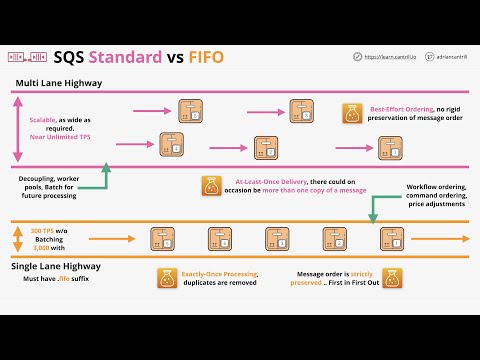
Found 30 images related to sqs max queue size theme

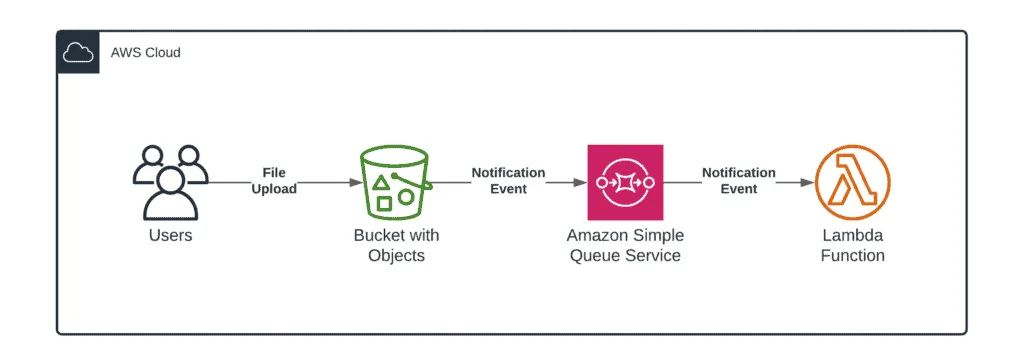
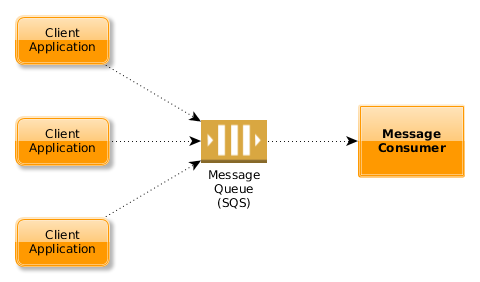
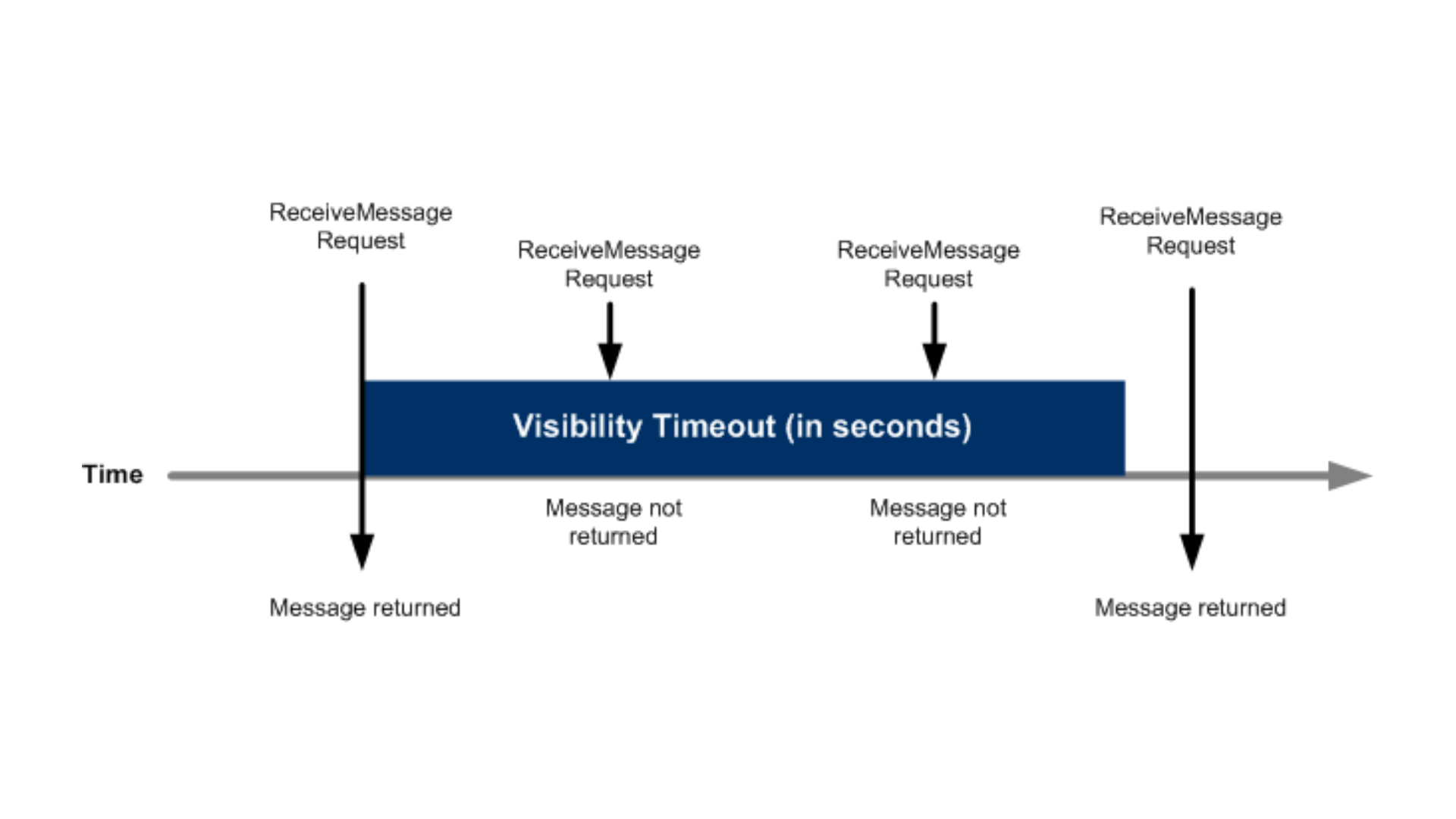
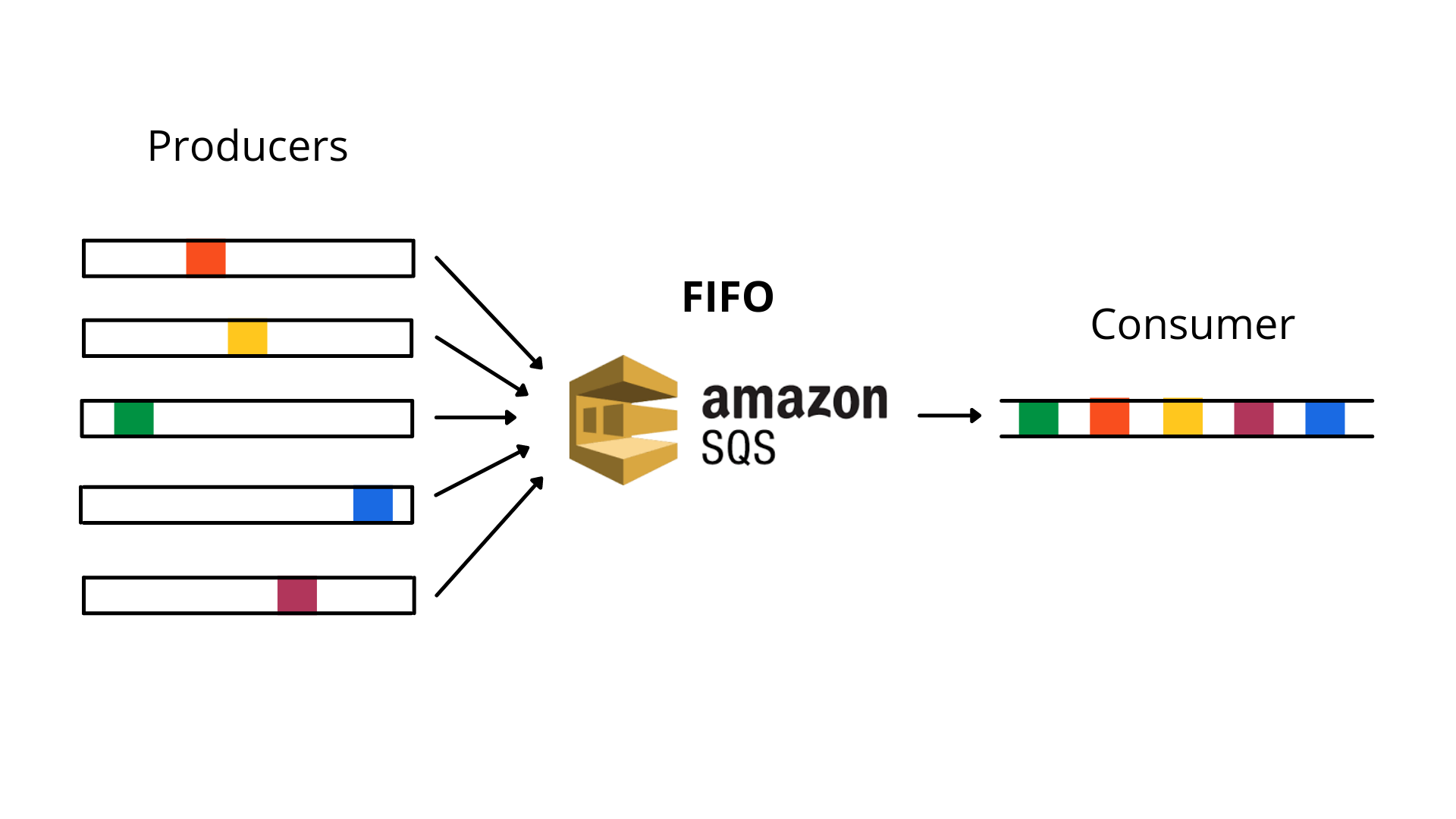
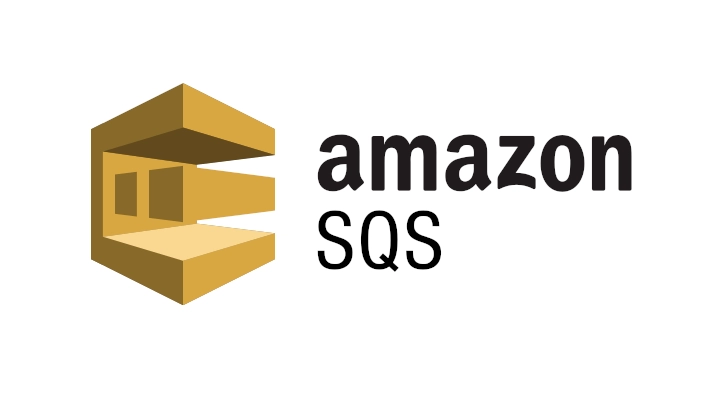
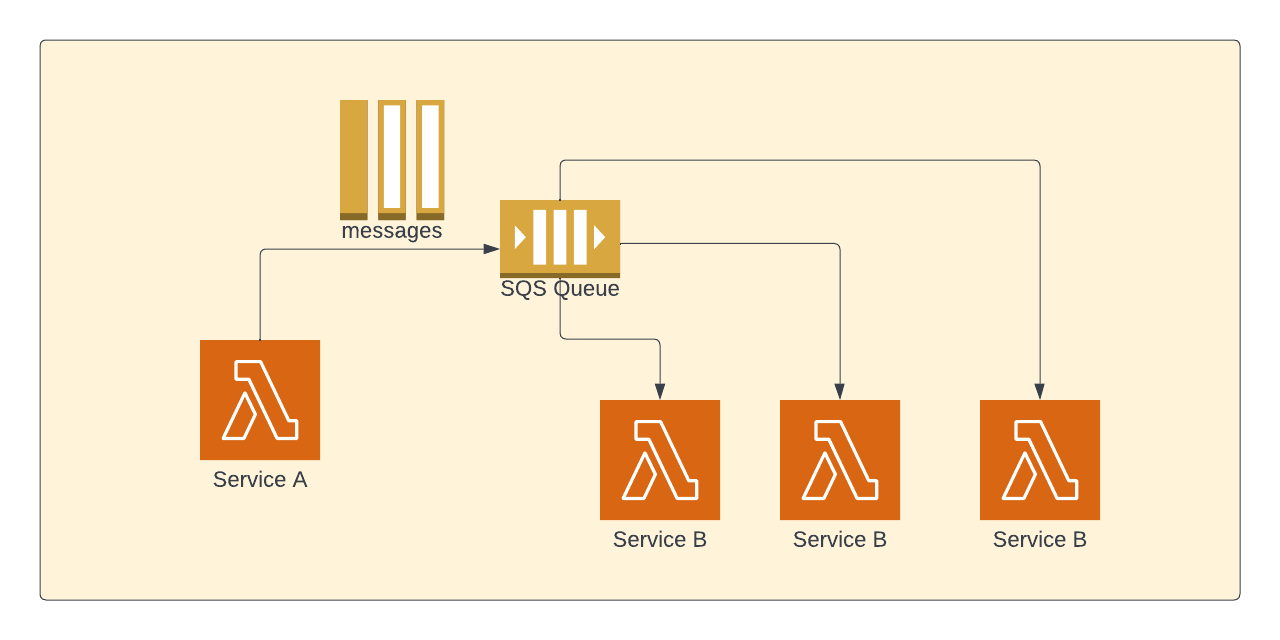






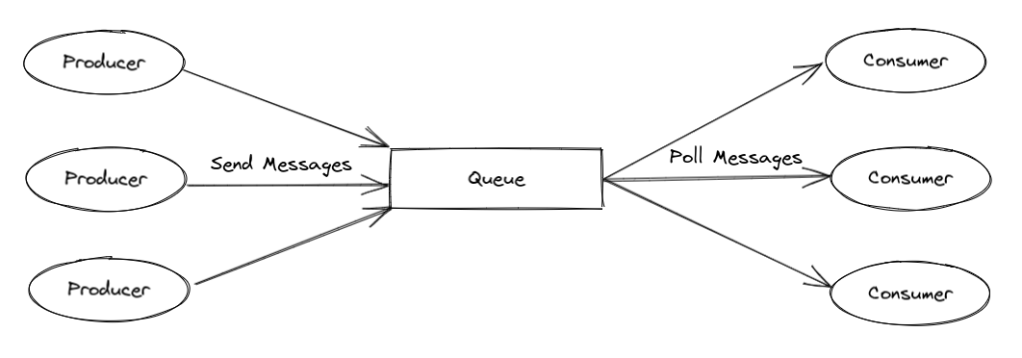


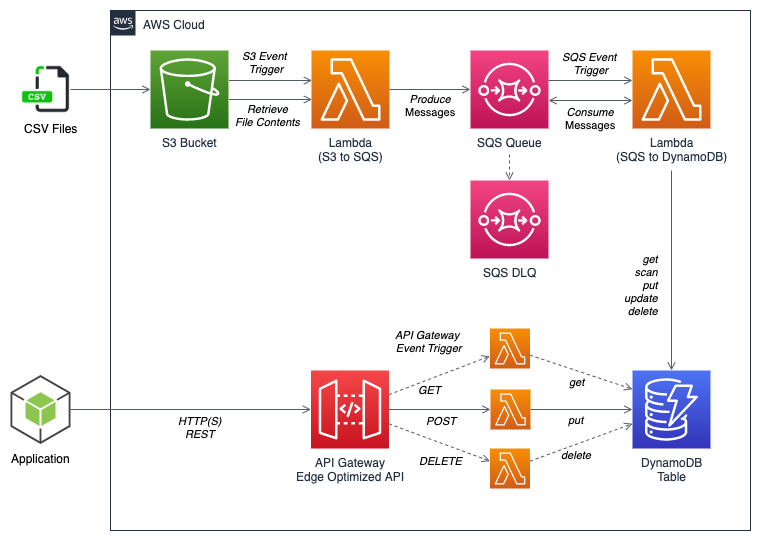
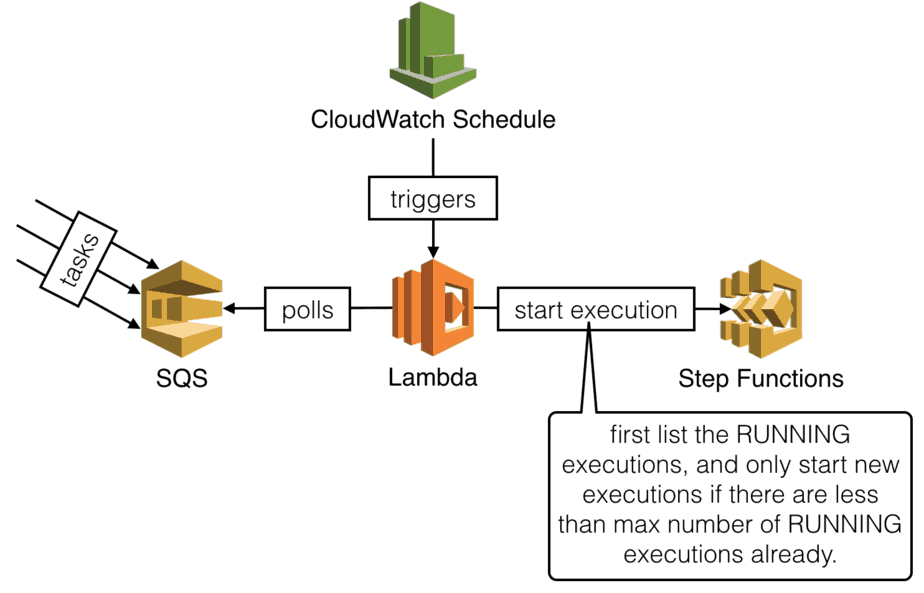
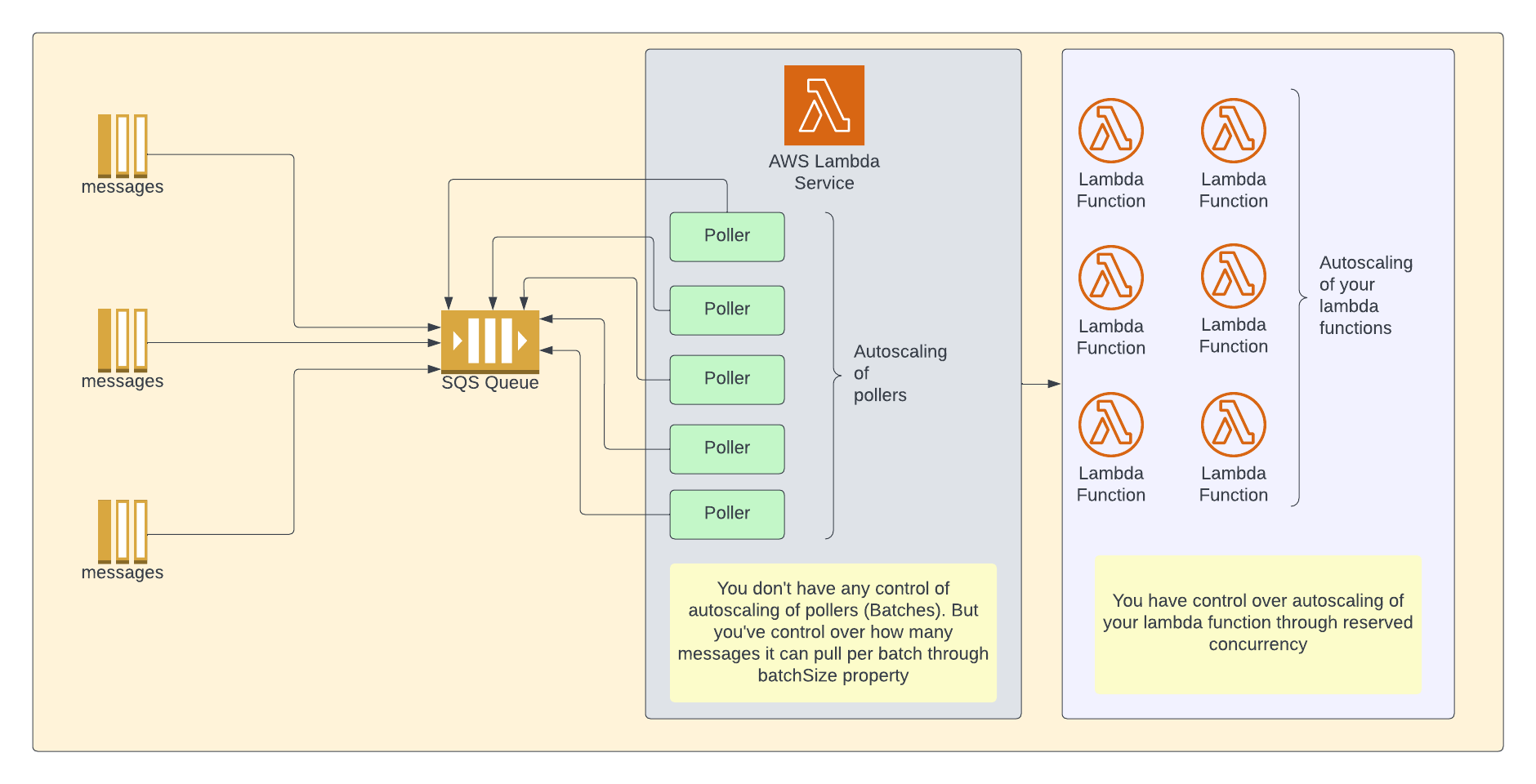
Article link: sqs max queue size.
Learn more about the topic sqs max queue size.
- Quotas related to queues – Amazon Simple Queue Service
- AWS SQS Limits | Blue Matador – Troubleshooting
- Using Lambda with Amazon SQS – AWS Documentation
- Performance Tuning • Amazon SQS Transport • Particular Docs
- AWS SQS Limits | Blue Matador – Troubleshooting
- Limit on number of available messages on SQS – Stack Overflow
- Does SQS reach “unlimited capacity” instantaneously, or do I …
- AWS SQS – The Most Important Information 2023
- What is Amazon Simple Queue Service (SQS)? – TechTarget
- Amazon SQS FAQs | Message Queuing Service
- What do you need to know about SQS? – fourTheorem
- SQS payload size is nearing the limit – Dashbird